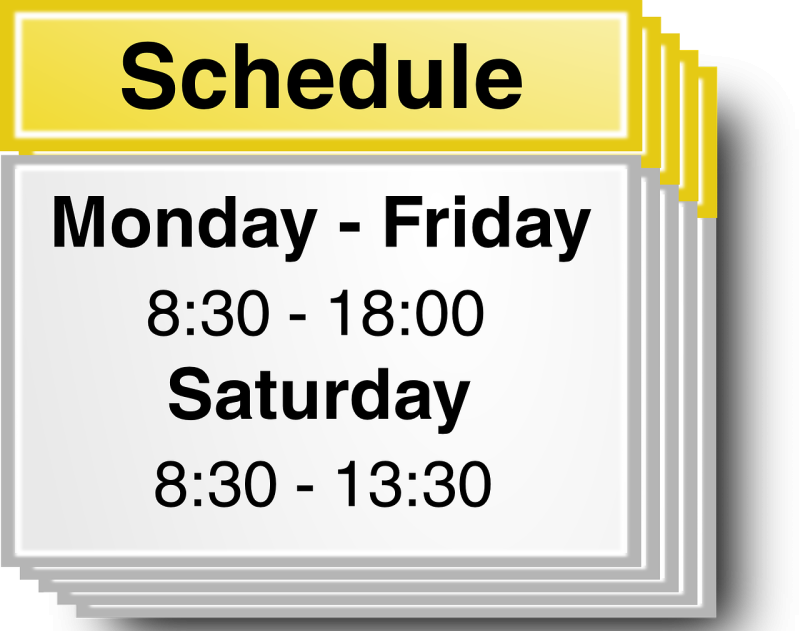两倍和一倍英语区别?
表示倍数时,一倍用once,两倍 用twice/double,三倍以上用“基数词+ times”。

1)“倍数 + as many/much … as …”
My deskmate clamed to have twice as many stamps as I.我同桌声称他的邮票是我的两倍。
This computer costs three times as much as that one.这台计算机的价格是那台的三倍。
2)“倍数 + the size of …”
用法与size相同的名词常见的有weight(重量),height(高度),depth(深度),width(宽度),age(年龄),length(长度)等。
Our playground is five times the size of theirs.我们的操场是他们的五倍大。
This street is twice/double the width of that one.这条大街是那条大街的两倍宽。
3)“倍数 + what从句”
The value of the house is double what it was.这所房子的价值是原来的两倍。
People’s average income is almost five times what they earned ten years ago.人们的平均收入是十年前的五倍。
round函数的语法结构?
Python中round函数用于执行数字的四舍五入,其语法结构如下:
```python
round(number[, ndigits])
```
其中:
- `number` 是要执行四舍五入的数字,可以为浮点数或整数。
- `ndigits` 是要保留的小数位数。它是可选的,如果省略,则默认为0。
接下来,根据 `round()` 函数的参数和返回值,给出一些常见用法:
1. 对浮点数进行四舍五入:
```python
>>> round(2.2)
2 # 默认保留0位小数
>>> round(2.675, 2)
2.68 # 保留2位小数
```
2. 对整数进行四舍五入:
```python
>>> round(6)
6
>>> round(276, -1)
280 # 保留1位有效数字,其余位为0
```
需要注意的是,参数 `ndigits` 的取值可以为正数,负数,或者0,具体解释如下:
- 当 `ndigits` > 0 时,表示保留的小数位数。
- 当 `ndigits` = 0 时,表示返回结果取整。
- 当 `ndigits` < 0 时,表示对数字的个位进行四舍五入,然后返回 $10^{ndigits}$ 的倍数,即返回值的倒数第 `ndigits` 位为0。
因此,`round(276, -1)` 的结果是280,因为在对个位数字进行四舍五入之后,返回值的倒数第1位是0。
到此,以上就是小编对于英语语法倍数的问题就介绍到这了,希望介绍关于英语语法倍数的2点解答对大家有用。















